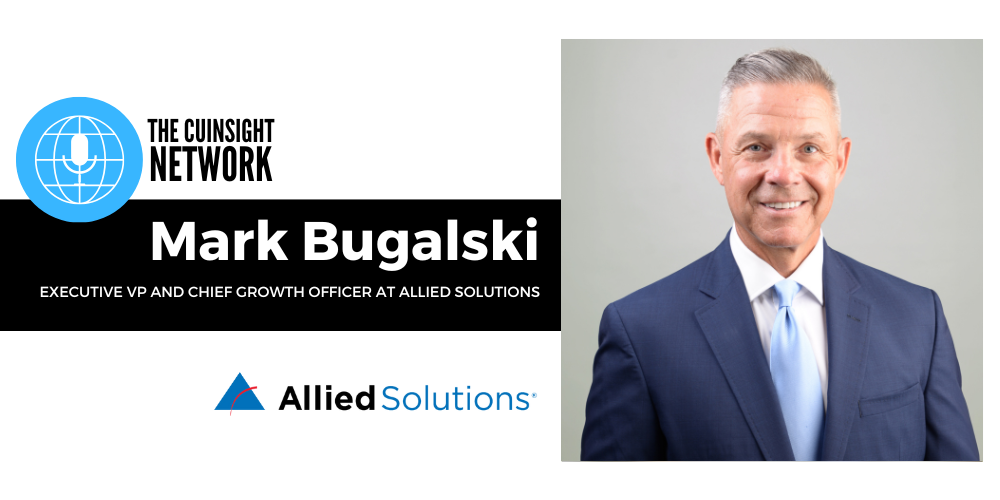In a world without financial risk, individuals would have access to complete information with thorough and accurate insight into the future, and buyers, sellers, savers, and borrowers would simply find each other organically. However, as evidenced by constantly changing and evolving economic conditions, advances in technology, and the increasingly rapid pace of information sharing, it is clear that the world is wrought with risk — which is why we must turn to credit unions that are able to manage that risk in order to provide diverse consumer groups with access to the financial services they need to enhance their life.
Risk mitigation happens largely behind the scenes and isn’t generally visible to the member, but in terms of long-term, organizational sustainability it is a critical function. Often, credit unions will have to implement multi-pronged strategies to create a risk mitigation plan that provides their organization with necessary protections while still creating an open, engaging environment that meets the needs of their members.
State National engaged several risk mitigation professionals in the credit union industry to discuss the internal and external factors they consider to help maintain the appropriate balance between growth and organizational protection as well as the steps they take when the inputs they monitor show signs indicating increased risk.
Eric Fuglister
VP Consumer Lending, Wings CU, Apple Valley, MN:
“We run credit scores on our entire loan portfolio quarterly, by product, to see if credit scores are rising, lowering, or staying the same. If more are declining that could be an indication that even if they’re paying on time, if they’ve gone down from the A+ tier down to the B tier, we may need to be proactive and reach out to the member.
Our risk management department looks at risks holistically, from credit exposure on the deposit side, to all kinds of different risks on our investment side. That’s data I have access to and get information from on a monthly basis.
Advances in technology have been a huge part of how we monitor and assess risk. I’ve got information at my fingertips, with a whole data analytics team — I’ve got dashboards for just about everything I want to look at, and most of it updates daily. I can compare trends, whether it’s year over year, month over month, last week versus this week, yesterday versus today — so we can make adjustments much more quickly than we used to.”
Deborah McRae
VP Risk Management, Five Star CU, Dothan, AL:
“We are trying to develop an enterprise risk management approach to how we approach risk. Internally, we have to monitor our operations for any signs of internal fraud, and we also have to make sure we’re training our staff to watch for red flags that indicate any attempted member fraud.
We also watch external signals, and we’ve got some policies that can be tweaked and tightened as necessary based on what we’re seeing in the economy. We can call a meeting anytime we seesomething that looks like it’s going upward or downward. Say, if trade relations with another country took a big downturn, that’s something we’d quickly home in on. On the other hand, if a trade deal was signed that was very advantageous to the U.S., that’s an indication we might be able to go back up on deposit rates or down on loan rates because it’s a signal that the economy is likely to remain good for a while.”
Henry Robaszewski
Director of Risk Management, Finance, BCU, Vernon Hills, IL:
“We’ve taken more steps, through both technology and data, in terms of analytical techniques. We’ve started an economic value-added process as well as risk-adjusted return on capital. We’re trying to incorporate more of the potential risks that are out there all together in a holistic approach, and then build that into the pricing so we can adjust our pricing to accurately account for the risks.”
Dave Brydun
VP Consumer Lending, BCU, Vernon Hills, IL:
“We have a playbook that’s been put together that has a lot of detail for actions to take that are triggered off what we’re observing as far as macro factors— yield curve, labor markets, things like that — industry factors. We keep close tabs on the industry through various reports that come out from Moody’s, TU, Experian, and so on. We also look within our own portfolio in terms of any sort of vintage deterioration with our lending originations, and profitability concerns in various risk cells due to increased charge-offs where we’re not being covered on the interest rate to cover those losses.
If and when we start seeing signs of a downturn, we first focus on things we can quickly implement that have low impact — things like tightening manual underwriting standards, reducing line exposure on new accounts. Then if things continue to deteriorate, we can move to actions like reducing existing credit lines, closing higher-risk accounts on the credit card side, or significantly changing up our automatic loan decisioning.
We’re utilizing as much of our existing internal technology as possible. The changes we’ve made to our monitoring, reporting, and governance over the past several years will really help us prepare for the next downturn.
We’re also dabbling in things like machine learning to help us better identify risks and make changes off that. One big thing with the technology is more automation and efficiency and better identification of risks that will allow us to serve more traditionally underserved segments and being able to better split risks more precisely.”
Professionals who are highly skilled and experienced in risk mitigation must carefully monitor a wide variety of indicators, both internal and external, to continually assess risk levels and make decisions about the right actions to take to protect their institution and their membership. We discovered that even in times of economic strength, the best organizations are always looking at what is coming next as well as peering into every area of their institution to identify and mitigate risk.







